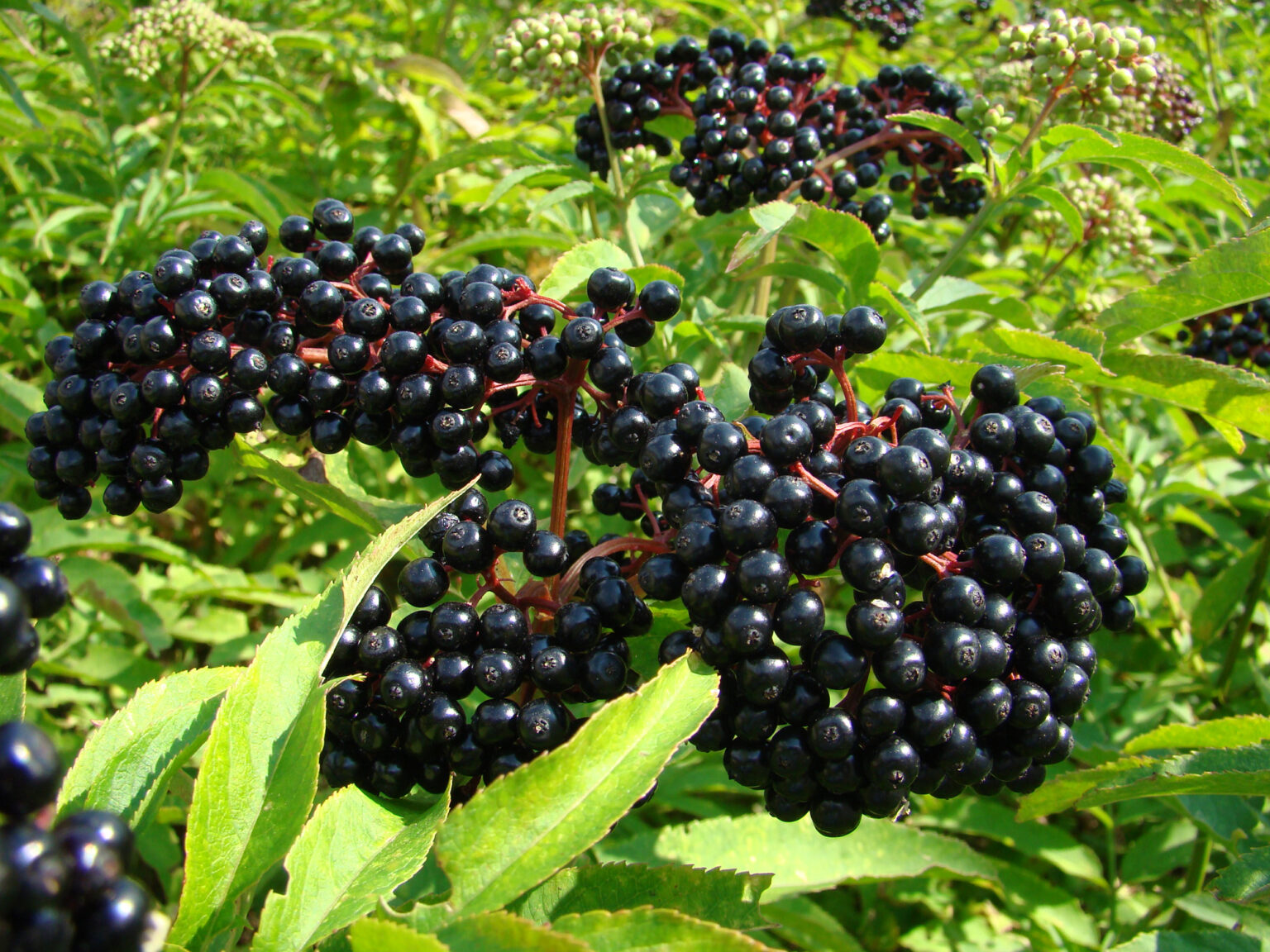While most foods are nutritious and safe to eat, there are certain types that, if not prepared or consumed correctly, can pose serious health risks. Below are ten foods that you should know how to identify due to their potential toxicity.
1. Fugu (Pufferfish)
Fugu is a delicacy in Japan, but it can be deadly if prepared improperly. The liver, ovaries, and skin of the pufferfish contain tetrodotoxin, a potent neurotoxin that can cause paralysis and death. Only licensed chefs are allowed to prepare fugu to reduce the risk of poisoning.
2. Ackee Fruit
Native to Jamaica, ackee is the national fruit but can be toxic if not handled properly. The fruit must be fully ripe before it’s consumed. Unripe ackee contains hypoglycin, which can lead to vomiting, seizures, and in severe cases, death. Only eat the yellow flesh once the fruit has opened naturally.
3. Cassava
Cassava is a staple food in many parts of Africa and Latin America. However, it contains cyanogenic glycosides, which can release cyanide when the plant is improperly processed. Sweet cassava has lower levels of these compounds, while bitter cassava requires thorough cooking and preparation to be safe.
4. Green Potatoes
Potatoes naturally contain solanine, a toxin that increases when the potato is exposed to light and turns green. Eating green potatoes or their sprouts can cause nausea, vomiting, and neurological issues. Always discard any potatoes with green patches or sprouting eyes.
5. Elderberries
Elderberries are popular in teas, syrups, and wines, but their raw leaves, seeds, and stems contain cyanogenic glycosides, which can produce cyanide. Cooking the berries destroys the toxins, making them safe to eat. Avoid eating them raw or using the plant’s other parts without proper preparation.
6. Rhubarb Leaves
The stalks of rhubarb are a common ingredient in pies and jams, but the leaves contain oxalic acid and anthraquinone glycosides, which can cause kidney failure if ingested. While rhubarb leaves are rarely used in cooking, it’s important to avoid them entirely.
7. Bitter Almonds
Unlike sweet almonds, bitter almonds contain amygdalin, a compound that turns into cyanide when ingested. While sweet almonds are safe to eat raw or roasted, bitter almonds should never be consumed raw. They are often used in cooking only after proper heat treatment to eliminate toxicity.
8. Red Kidney Beans
Raw red kidney beans contain phytohaemagglutinin, a toxin that can cause severe stomach pain, vomiting, and diarrhea if consumed in large quantities. Cooking the beans thoroughly by boiling them for at least 10 minutes neutralizes the toxin and makes them safe to eat.
9. Wild Mushrooms
Several species of wild mushrooms, such as the Death Cap and the Destroying Angel, are highly toxic and can cause liver and kidney failure. These toxic mushrooms are often mistaken for edible varieties, so it’s crucial to only eat mushrooms you can positively identify as safe, or buy them from a reliable source.
10. Starfruit
While starfruit may look harmless, it contains neurotoxins that can be dangerous for people with kidney issues. Healthy individuals can usually process the toxin without problems, but those with compromised kidneys may experience confusion, seizures, and in severe cases, death after consuming starfruit.
While many of these foods are enjoyed around the world, it’s essential to handle them with care and understand their risks. Proper preparation is the key to avoiding potentially life-threatening situations. When in doubt, consult experts or avoid questionable items altogether to stay safe.








